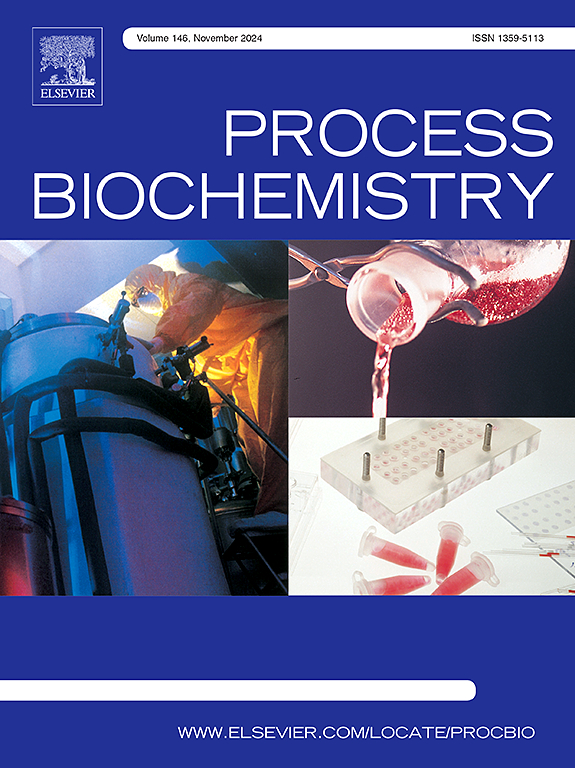Ligand recognition mechanism in genetically encoded fluorescent biosensors
IF 4
3区 生物学
Q2 BIOCHEMISTRY & MOLECULAR BIOLOGY
引用次数: 0
Abstract
Genetically encoded fluorescent biosensors are a class of fluorescent protein-based probes capable of specifically detecting target molecules in living cells and enabling dynamic, visualized monitoring. With the advantages of their high specificity, real-time monitoring, and intracellular expression, they have been widely used in life science and biomedical research. Ligand recognition is the process by which a sensing element binds to and specifically interacts with a ligand to achieve signal transduction. It is the core factor that determines the detection performance of a biosensor and directly affects its specificity, sensitivity, dynamic range, and signal stability. This paper reviews the major ligand recognition mechanisms of genetically encoded fluorescent biosensors, including conformational change, inducible dimerization, ligand-dependent stabilization, and chemical modification. The characteristics of different recognition mechanisms and their applications in biosensor design are also discussed, aiming to support the development of high-performance biosensors.
基因编码荧光生物传感器中的配体识别机制
遗传编码荧光生物传感器是一类基于荧光蛋白的探针,能够特异性检测活细胞中的目标分子并实现动态、可视化监测。它们具有高特异性、实时监测和细胞内表达等优点,在生命科学和生物医学研究中得到了广泛的应用。配体识别是传感元件与配体结合并与配体特异性相互作用以实现信号转导的过程。它是决定生物传感器检测性能的核心因素,直接影响其特异性、灵敏度、动态范围和信号稳定性。本文综述了遗传编码荧光生物传感器的主要配体识别机制,包括构象变化、诱导二聚化、配体依赖性稳定和化学修饰。讨论了不同识别机制的特点及其在生物传感器设计中的应用,旨在为高性能生物传感器的开发提供支持。
本文章由计算机程序翻译,如有差异,请以英文原文为准。
求助全文
约1分钟内获得全文
求助全文
来源期刊

Process Biochemistry
生物-工程:化工
CiteScore
8.30
自引率
4.50%
发文量
374
审稿时长
53 days
期刊介绍:
Process Biochemistry is an application-orientated research journal devoted to reporting advances with originality and novelty, in the science and technology of the processes involving bioactive molecules and living organisms. These processes concern the production of useful metabolites or materials, or the removal of toxic compounds using tools and methods of current biology and engineering. Its main areas of interest include novel bioprocesses and enabling technologies (such as nanobiotechnology, tissue engineering, directed evolution, metabolic engineering, systems biology, and synthetic biology) applicable in food (nutraceutical), healthcare (medical, pharmaceutical, cosmetic), energy (biofuels), environmental, and biorefinery industries and their underlying biological and engineering principles.
 求助内容:
求助内容: 应助结果提醒方式:
应助结果提醒方式:


